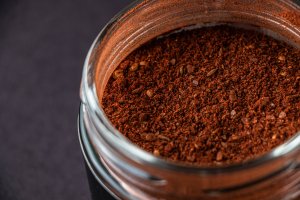What is the best substitute for Annatto?
What is the best substitute for annatto? Are you looking to add a burst of flavor and vibrant color to your culinary creations? Look no further than annatto, a natural food coloring derived from the seeds of the achiote tree. But what if you don’t have annatto on hand? Don’t worry, we’ve got you covered.
Without compromising on flavor or visual appeal, these alternatives will bring a unique touch to your recipes. Whether you’re seeking a milder taste or a different hue, we’ve come up with some great suggestions for you. Try using, Turmeric, Paprika, Tomato Paste, Safflower, Beet Powder, Nutmeg, Carrot Juice Concentrate, Saffron Powder, Ginger Powder, or Pumpkin Puree.
What is Annatto?
Annatto, also known as achiote, is a natural food coloring and flavoring agent derived from the seeds of the achiote tree. The seeds of this tropical plant are used to produce a red-orange pigment, which is widely used in various cuisines around the world to add color and, to some extent, flavor to foods.
Annatto is known for its vibrant hue, which ranges from yellow to deep orange, depending on its concentration and the food it’s used in. It’s commonly used to color dishes like rice, cheeses, sauces, stews, and baked goods. In addition to its coloring properties, annatto can also add a mild, earthy flavor to foods.
The annatto seeds can be processed in different ways to extract the color and flavor. Often, the seeds are soaked in oil or water to release their pigments, which can then be used in cooking. Annatto is particularly prevalent in Latin American, Caribbean, and Southeast Asian cuisines, where it’s an essential ingredient in traditional dishes.
Annatto is considered a natural food dye, and its use is often preferred by those seeking alternatives to synthetic food colorings. It’s worth noting that while annatto is generally recognized as safe, some individuals may have allergies or sensitivities to it, so it’s important to read ingredient labels and consult with healthcare professionals if needed.
Okay, before we look at your annatto substitute options, let’s deal with that empty cupboard situation!
Where can I buy Annatto?
If you want to be more prepared and ensure you don’t run out of annatto (achiotte) then you should stock up now.
Nowadays most delicatessens and general supermarkets stock annatto powder. Or if you prefer you can also purchase annatto on-line.
So why not jump on and place your order today.
STOCK UP NOW!
Annatto Powder from The Spice Way
Add both color and tatse to your dish. This Annatto powder provides a vivd yellow color and a peppermint nutmeg flavor.
No preservatives, additives, or fillers – just pure spice.
Also known as Achiotte.
What can I substitute for Annatto
Here are some of the best ingredients to substitute the flavor and role that annatto provides in your recipes.
- Turmeric
- Paprika
- Tomato Paste
- Safflower
- Beet Powder
- Nutmeg
- Carrot Juice Concentrate
- Saffron Powder
- Ginger Powder
- Pumpkin Puree
Annatto substitutes
Turmeric
Turmeric can be a good substitute for annatto when it comes to providing a yellow-orange color to your dishes. But keep in mind that turmeric also has a distinct flavor, so it’s important to consider the flavor profile of your recipe.
When using turmeric we recommend that you start with a small amount and gradually add more as needed.
To help evenly distribute the turmeric and prevent it from clumping you should mix it with a small amount of liquid from your recipe. Remember that turmeric has a strong flavor, so you might need to adjust other seasonings to balance out the taste.
Always taste your dish and adjust the seasonings as necessary to accommodate the flavor of the turmeric. Depending on the recipe, you might need to add a bit of sweetness or acidity to counteract the bitterness of turmeric.
As you cook your dish, keep an eye on the color to ensure it’s reaching the desired yellow-orange hue. Keep in mind that the color might deepen slightly as the dish cooks.
Once your dish is ready, serve it as you normally would. Keep in mind that the final color might not be an exact match to annatto, but it should provide a similar warm and inviting hue.
Also, remember that turmeric has a distinct earthy and slightly bitter flavor, which might not be suitable for all recipes. It works particularly well in savory dishes such as curries, rice dishes, and sauces. If the flavor of turmeric clashes with your recipe, you might want to explore other natural color options.
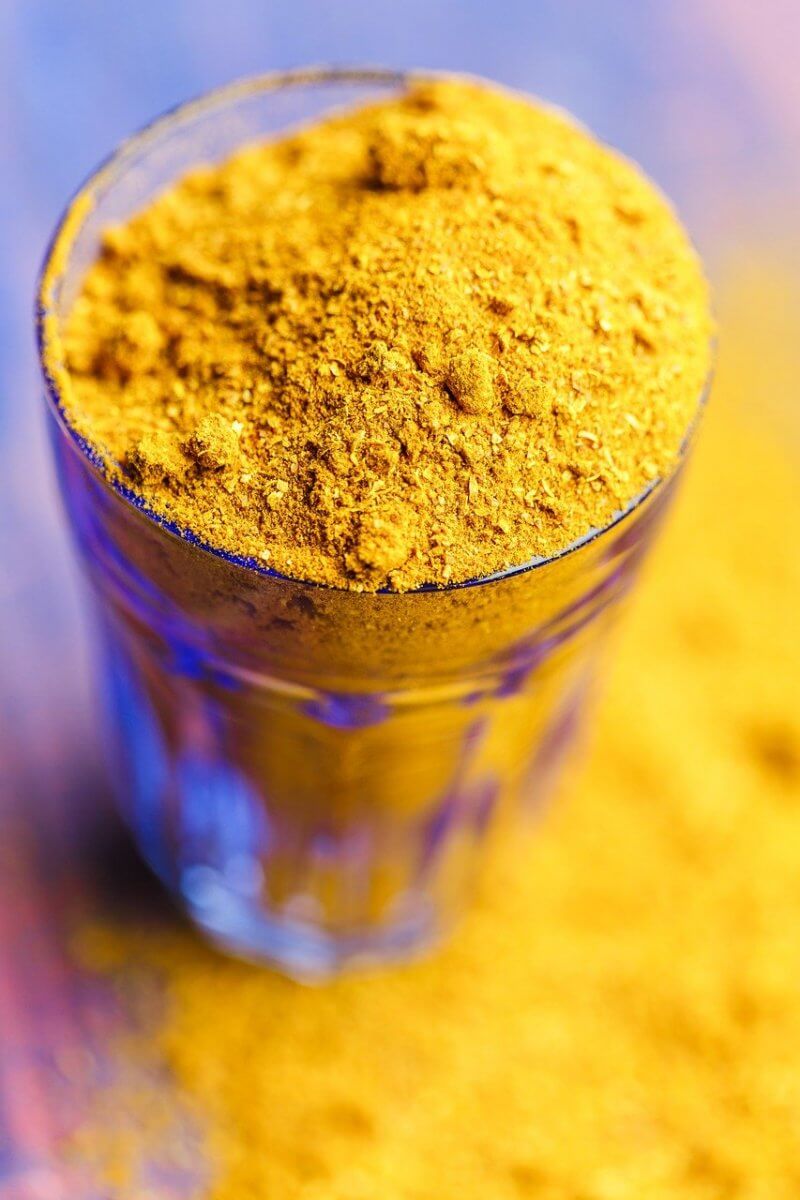
Paprika
Both annatto and paprika are used to add color to dishes, but they both have slightly different flavors. Paprika is made from ground dried peppers and can provide a reddish-orange color, depending on the type of paprika you use.
Choose the type of parika that will complement your recipe’s flavors. There are several types of paprika to choose from, such as sweet, smoked, and hot. Sweet paprika is a common choice for its mild flavor and vibrant color. Then, start bt adding a small amount of paprika and adjust as needed to achieve the desired color.
Mix the paprika with a small amount of liquid from your recipe as this will stop it from going lumpy.
Keep in mind that paprika can have a noticeable flavor, so consider whether its taste complements the other ingredients. Taste your dish and adjust the seasonings if necessary to balance out the flavor of the paprika. If the paprika flavor is too strong, you might need to make additional adjustments.
Once your dish is cooked and the color is satisfactory, serve it as you normally would. Keep in mind that while paprika can provide a similar color, its flavor might not be an exact match to annatto.
Use paprika in dishes like stews, sauces, and certain meat dishes. If the flavor of paprika aligns with your recipe and you’re mainly looking for a color substitute, it can work very well as an alternative to annatto.
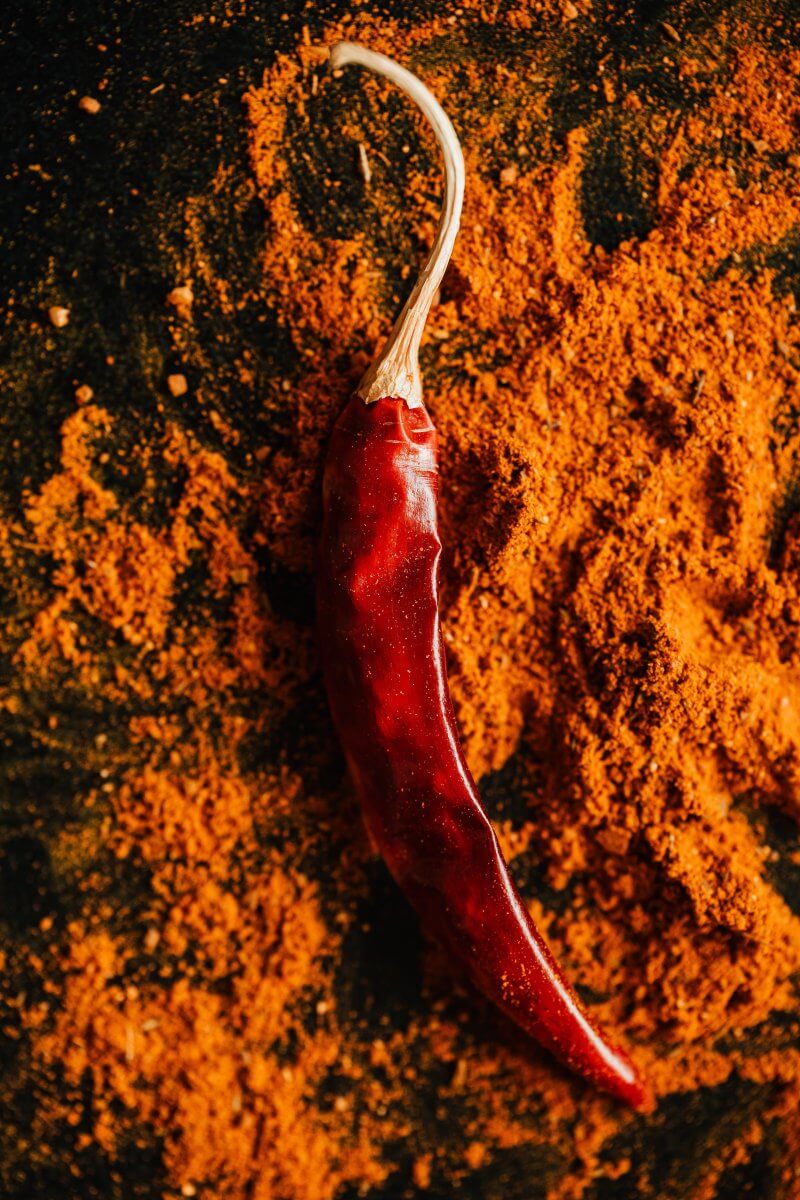
Tomato Paste as an Annatto substitute
Use tomato paste to add both color and a rich flavor to your dishes. Now it won’t provide the same color as annatto, but it can still add depth and taste to your recipes.
Tomato paste is more concentrated in flavor, so you’ll need less of it compared to annatto. Dilute the tomato paste with a small amount of liquid from your recipe. This makes it easier to incorporate into your dish and distribute the flavor.
Stir the diluted tomato paste into your recipe. Keep in mind that tomato paste has a strong flavor, so consider how it will interact with the other ingredients.
Taste your dish and adjust the seasonings as needed to balance out the tomato flavor. You might need to add some sweetness or acidity to counteract the intensity of the tomato paste.
While tomato paste won’t provide the same color as annatto, it can still add a rich reddish hue to your dish. Keep an eye on the color as your dish cooks. And once your dish is ready and the color and flavor are to your liking, serve it as you normally would.
Tomato paste works well in recipes that can accommodate its flavor, such as stews, pasta sauces, and braised dishes. Keep in mind that while tomato paste can enhance the taste of your dish, it won’t replicate the exact color and flavor profile of annatto. If color is the primary concern, you might want to consider other natural color substitutes.
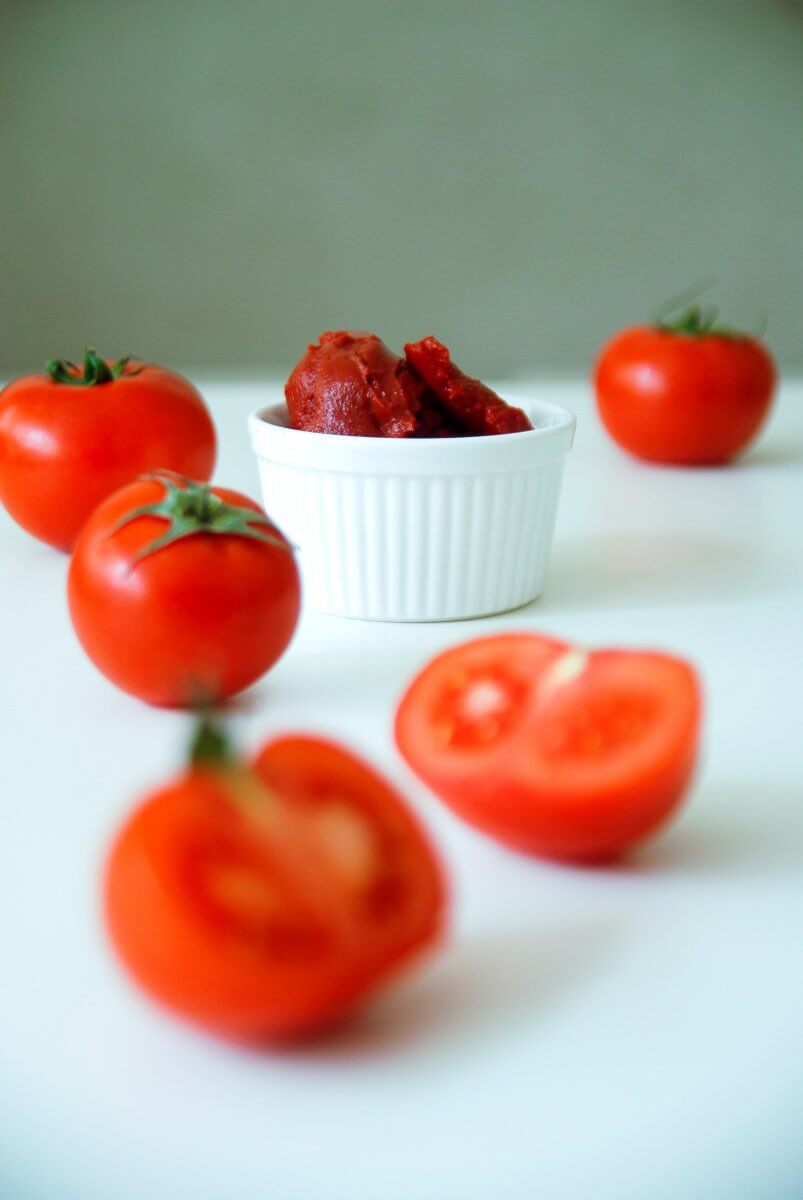
Safflower as an Annatto substitute
Safflower doesn’t have the same flavor as annatto, but it can still give a vibrant yellow-orange color to your recipes. Bu remember you might need to use a bit more safflower in your recipe as it does not have the same strength of color as annatto.
If you’re using safflower petals, you can steep them in a small amount of warm liquid to release their color. Or if using safflower powder, you can mix it with a bit of liquid to form a paste.
Stir the safflower-infused liquid or paste into your recipe. The safflower will gradually impart its color to the dish as it cooks. As your dish cooks, the safflower will contribute a yellow-orange color. Keep in mind that the color might intensify slightly as the dish simmers.
Once your dish is ready and the color is to your liking, serve it just as you normally would.
Safflower can work well in recipes where the flavor won’t clash with its subtle taste. Since safflower doesn’t have a strong flavor, it’s a great option for adding color without drastically affecting the taste of your dishes. However, if flavor is an important aspect of your recipe, consider the impact of the safflower’s mild taste.
As with any substitute, it’s a good idea to perform a small test before using safflower in a larger batch to ensure that it meets your expectations for both color and flavor.

Beet Powder
Use beet powder when you’re looking to add a natural red color to your dishes. Keep in mind that beet powder doesn’t have the same flavor as annatto, but it can still be a wonderful coloring option.
Keep in mind that beet powder might provide a slightly different shade of red, so you might need to adjust the quantity based on your preference. Mix the beet powder with a small amount of liquid from your recipe to stop it from clumping.
Since beet powder doesn’t have a strong flavor, you won’t need to worry about its taste affecting your dish. As your dish cooks, the beet powder will impart its vibrant red color. Keep in mind that the color might intensify slightly as the dish simmers. And once your dish is ready and the color is satisfactory, just serve it as you normally would.
Beet powder is particularly suitable for dishes where the flavor profile aligns with its mild and slightly earthy taste. It works well in recipes such as soups, sauces, and certain baked goods. Remember that while beet powder can provide an appealing red color, it won’t replicate the exact flavor of annatto.
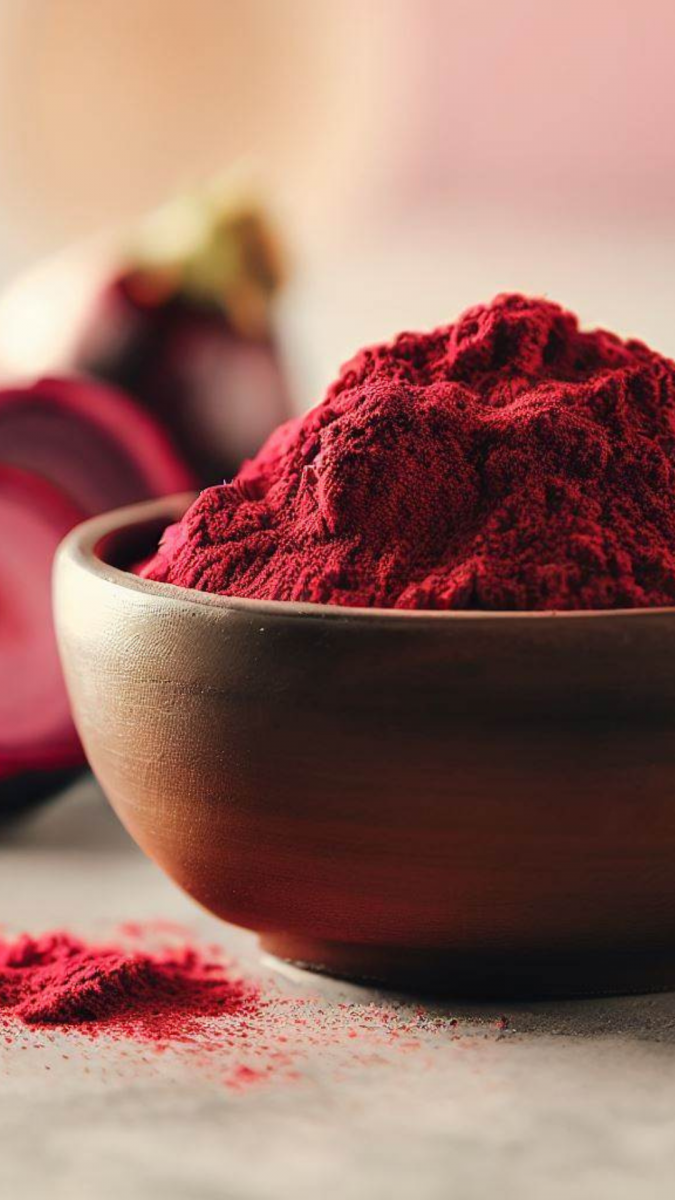
Nutmeg
Using nutmeg as a substitute for annatto can add a warm, aromatic flavor to your dishes, but it obviously won’t provide the same color. Nutmeg has a slightly sweet and nutty taste that can complement certain recipes.
Nutmeg won’t provide the color that annatto does, but it will add a unique flavor dimension to your dish. Rememebr that nutmeg has a strong flavor, so a small amount goes a long way.
Depending on the recipe, sprinkle a small pinch of ground nutmeg or grate a small amount of fresh nutmeg directly into your dish.
Nutmeg has a distinct taste, so ensure it complements the other flavors in your recipe. It works well with both sweet and savory dishes. Once your dish is ready and the flavor is to your liking, serve it as you normally would.
Use nutmeg in recipes, including desserts, savory dishes, and beverages. It pairs well with creamy sauces, soups, baked goods, and even beverages like eggnog.
While nutmeg won’t replicate annatto’s color, it can provide a different layer of taste to your dishes. Consider performing a small test with a portion of your recipe to ensure that the flavor aligns with your expectations before using nutmeg in the entire dish.
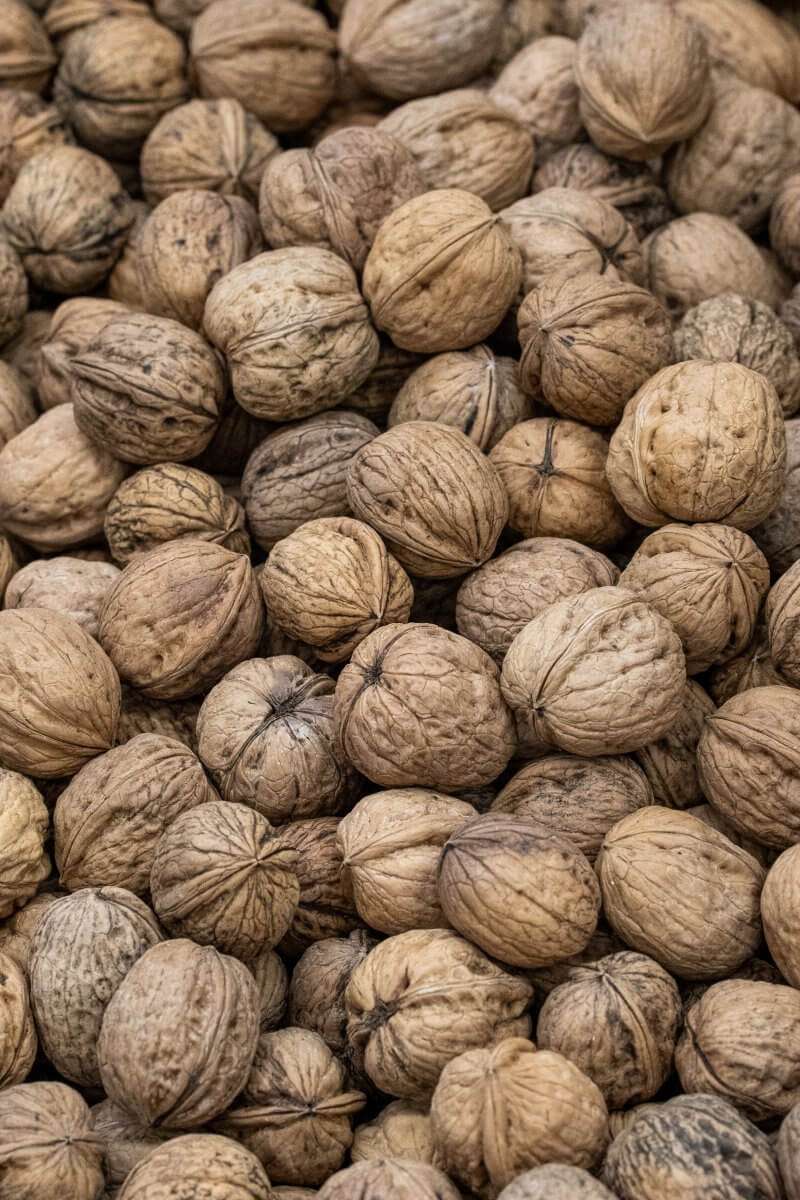
Carrot Juice as an Annatto substitute
Using carrot juice as a substitute for annatto can provide a natural orange color and a hint of sweetness to your dishes.
If using freshly squeezed carrot juice, extract the juice from carrots using a juicer or blender. If using store-bought carrot juice, make sure it’s pure carrot juice without additives. Keep in mind that carrot juice is liquid, so you might need to adjust the quantities accordingly.
Depending on the intensity of the color and flavor of your carrot juice, you might want to dilute it with a bit of water to achieve the desired color without overpowering the dish.
Stir the carrot juice (and any diluted water, if used) into your dish. Keep in mind that carrot juice has a slightly sweet taste, so adjust the other flavors accordingly. As your dish cooks, the carrot juice will contribute its orange color. The color might deepen slightly as the dish simmers.
Carrot juice can be a great option for adding both color and a touch of natural sweetness to your dishes. It’s commonly used in sauces, soups, and beverages. Keep in mind that while carrot juice won’t replicate the exact flavor of annatto, it can provide a unique and pleasant flavor profile.

Saffron Powder
Saffron powder can be used as a substitute for annatto, especially when you’re looking for a natural coloring option with a unique flavor profile. It imparts a vibrant yellow color and a distinct, slightly floral taste to dishes.
To release the color and flavor of saffron, steep the saffron powder in a small amount of warm liquid. This is called “blooming.” The liquid will take on a golden hue as the saffron releases its properties. Saffron has a strong flavor and color, so a small amount goes a long way.
Stir the saffron-infused liquid into your recipe. Keep in mind that saffron has a distinct taste that can significantly influence the flavor of your dish.
As your dish cooks, the saffron will contribute its characteristic color and taste. The color will deepen slightly as the dish simmers.
Saffron is prized for its unique flavor, so it’s important to consider whether the saffron taste complements your recipe. It’s often used in dishes like rice, paella, saffron-infused sauces, and certain baked goods. Also keep in mind that saffron is quite expensive, so you may want to reserve it for special dishes or occasions.
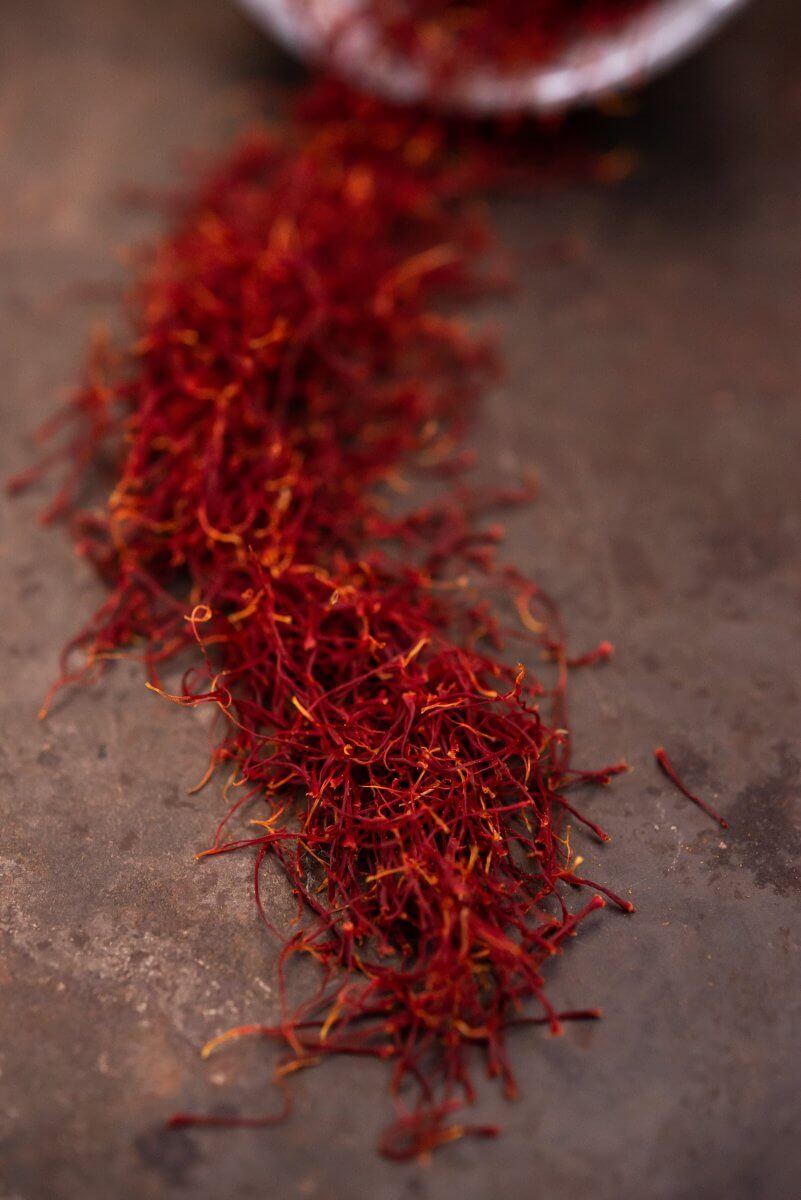
Ginger Powder
Ginger powder is not typically used for color but rather for its distinct flavor. If you’re looking to replace the color that annatto provides, ginger powder won’t be suitable. However, if you’re interested in the flavor aspect, it can be a good substitute.
Ginger powder doesn’t provide color like annatto does. It has a warm, slightly spicy, and pungent flavor. Consider whether the flavor of ginger is right for the dish you’re making. Keep in mind that ginger powder should be used sparingly due to its potent flavor.
Sprinkle a small amount of ginger powder into your dish. Start with a small quantity, as ginger’s taste can be overwhelming if used excessively. You can always add more ginger into the dish, but you can’ take it out!
Ginger can add a pleasant heat and earthiness to the dish, so be cautious not to overpower the other flavors.
Use ginger powder to add depth to both savory and sweet dishes. It’s often used in Asian, Indian, and Middle Eastern cooking, as well as in baked goods and desserts. While ginger won’t provide the color of annatto, it can add a layer of complexity to your recipes.
If color is a priority, and you’re looking to substitute annatto’s coloring properties, consider other alternatives like saffron, turmeric, or paprika that provide more vibrant and recognizable colors.
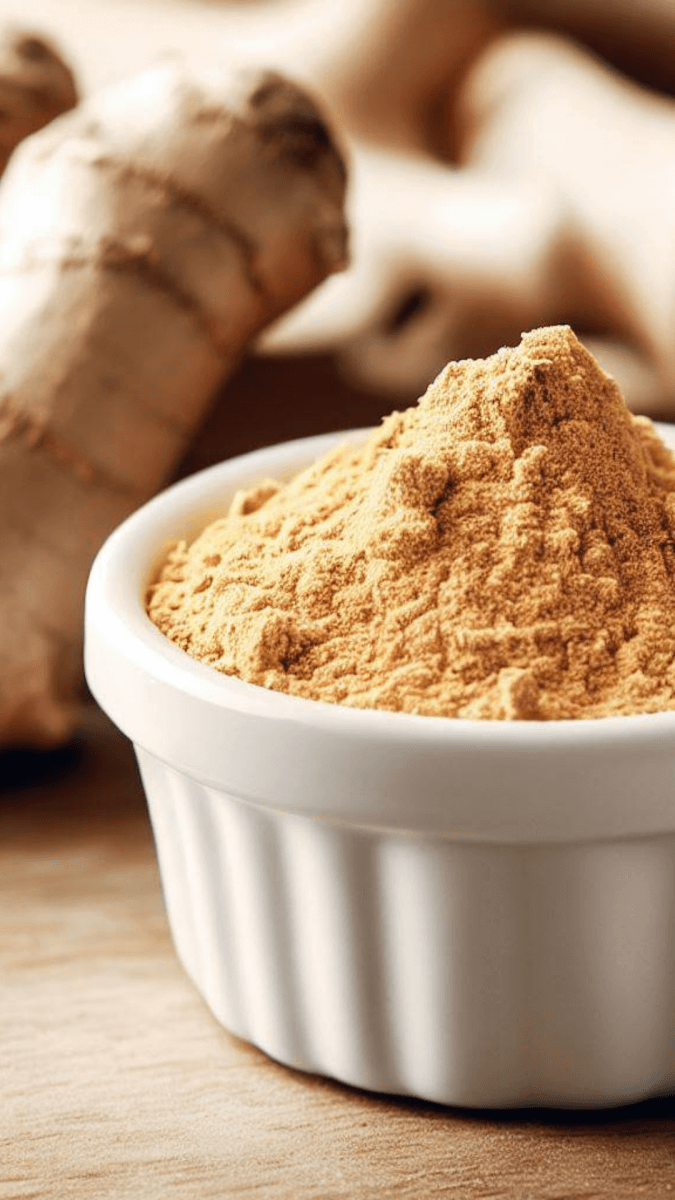
Pumpkin Puree
Using pumpkin puree as a substitute for annatto can add a different dimension to your dishes, particularly in terms of flavor and texture. Pumpkin puree won’t provide the same color as annatto, but it can offer a natural orange hue and a mild sweetness.
Pumpkin puree can be quite thick and can also impact the flavor of your dish. If your pumpkin puree is very thick, you can always dilute it with a small amount of liquid. This will make it easier to incorporate into your recipe.
Pumpkin has a mild and slightly sweet flavor, so consider how it will complement the other ingredients. You might need to make additional adjustments to account for the sweetness.
As your dish cooks, the pumpkin puree will contribute its orange hue. Keep in mind that the color might deepen slightly as the dish simmers.
Once your dish is ready and the color and flavor are satisfactory, serve it as you normally would.
Use pumpkin puree in soups, sauces, stews, and baked goods. It’s known for adding a creamy texture and a touch of sweetness to dishes. Keep in mind that while pumpkin puree can provide a unique and appealing aspect to your recipe, it won’t replicate the exact color and flavor profile of annatto.

Summary for Annatto substitutes
Okay – that’s you all sorted with a suitable substitute for annatto.
Certainly, here’s a summary of using various substitutes in place of annatto:
- Turmeric: Use turmeric to provide a yellow-orange color similar to annatto. Start with a small amount and adjust for both color and flavor.
- Paprika: Paprika can offer a reddish-orange color. Choose the type (sweet, smoked, hot) based on flavor preference and consider its taste impact on your dish.
- Tomato Paste:
- Safflower: Use safflower to provide a yellow color. Consider its subtle flavor and compatibility with your dish.
- Beet Powder: Beet powder offers a natural red color. It’s great for recipes that can accommodate its slightly earthy taste.
- Nutmeg: Nutmeg has a slightly sweet and nutty taste that can add new flavors to your dish. However, it cannot provide the yellow-orange color provided by annatto.
- Carrot Juice: Carrot Juice can provide a natural orange color and a hint of sweetness to your dishes. But keep in mind that carrot juice has a slightly sweet taste which may not suit your dish.
- Saffron Powder: Saffron provides a vibrant yellow color and a distinctive flavor. Use sparingly due to its potency and consider if its taste complements your dish.
- Ginger Powder: Ginger powder adds warmth and spiciness but doesn’t provide color. Use it for flavor enhancement in compatible recipes.
- Pumpkin Puree: Pumpkin puree contributes mild sweetness and a creamy texture. It won’t replicate annatto’s color but can provide a unique flavor dimension.
Remember to adjust quantities, flavors, and perform small tests when substituting these ingredients to ensure they align with your recipe’s requirements and your taste preferences. Each substitute has its own characteristics, so choose the one that best suits your specific needs.
We have gathered together a lot more facts on ingredients such as herbs, spices, oils, nuts, etc. if you would like to learn some more.
Or if you need to swap out another ingredient have a look at our Substitutes section.
